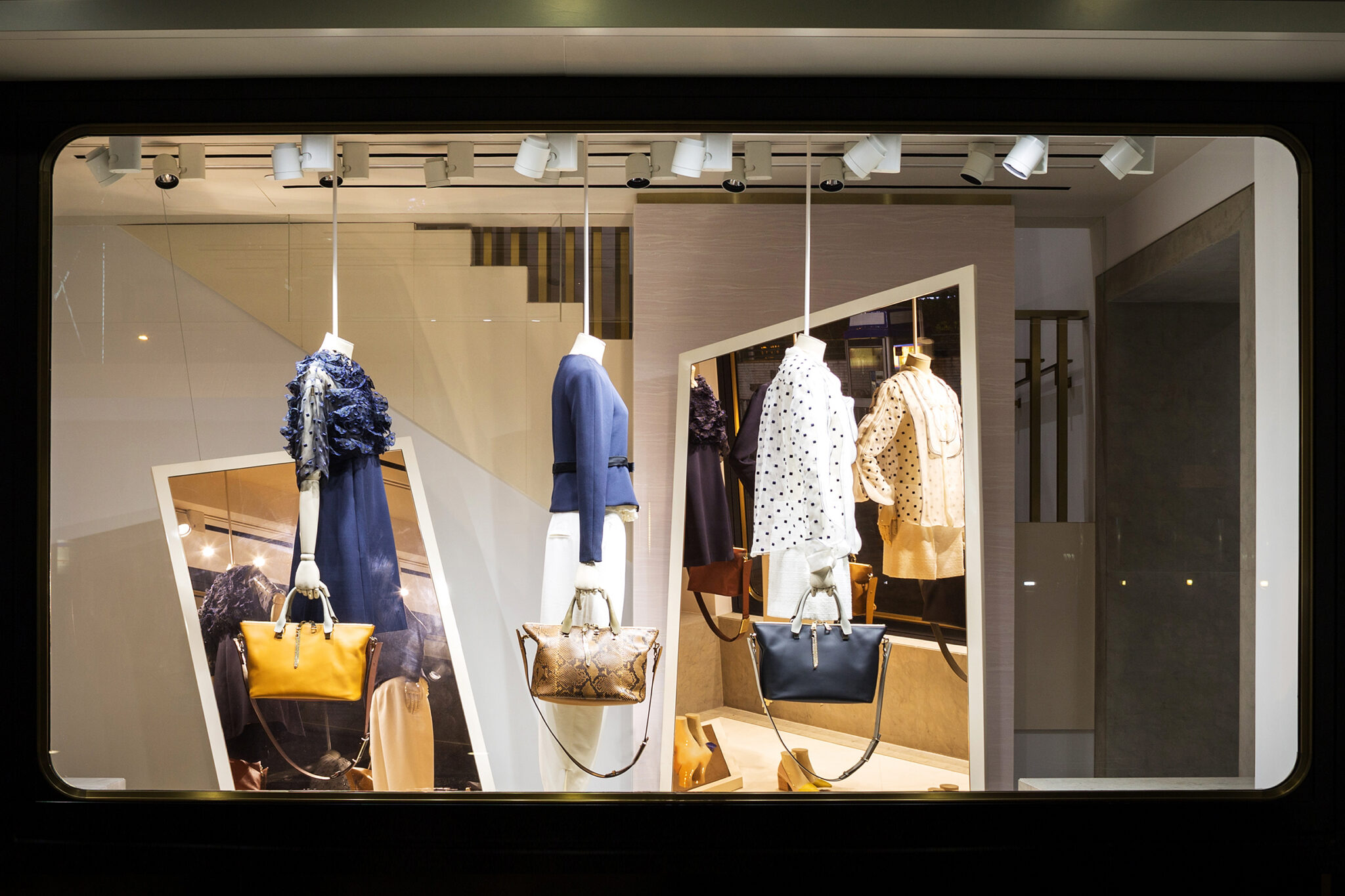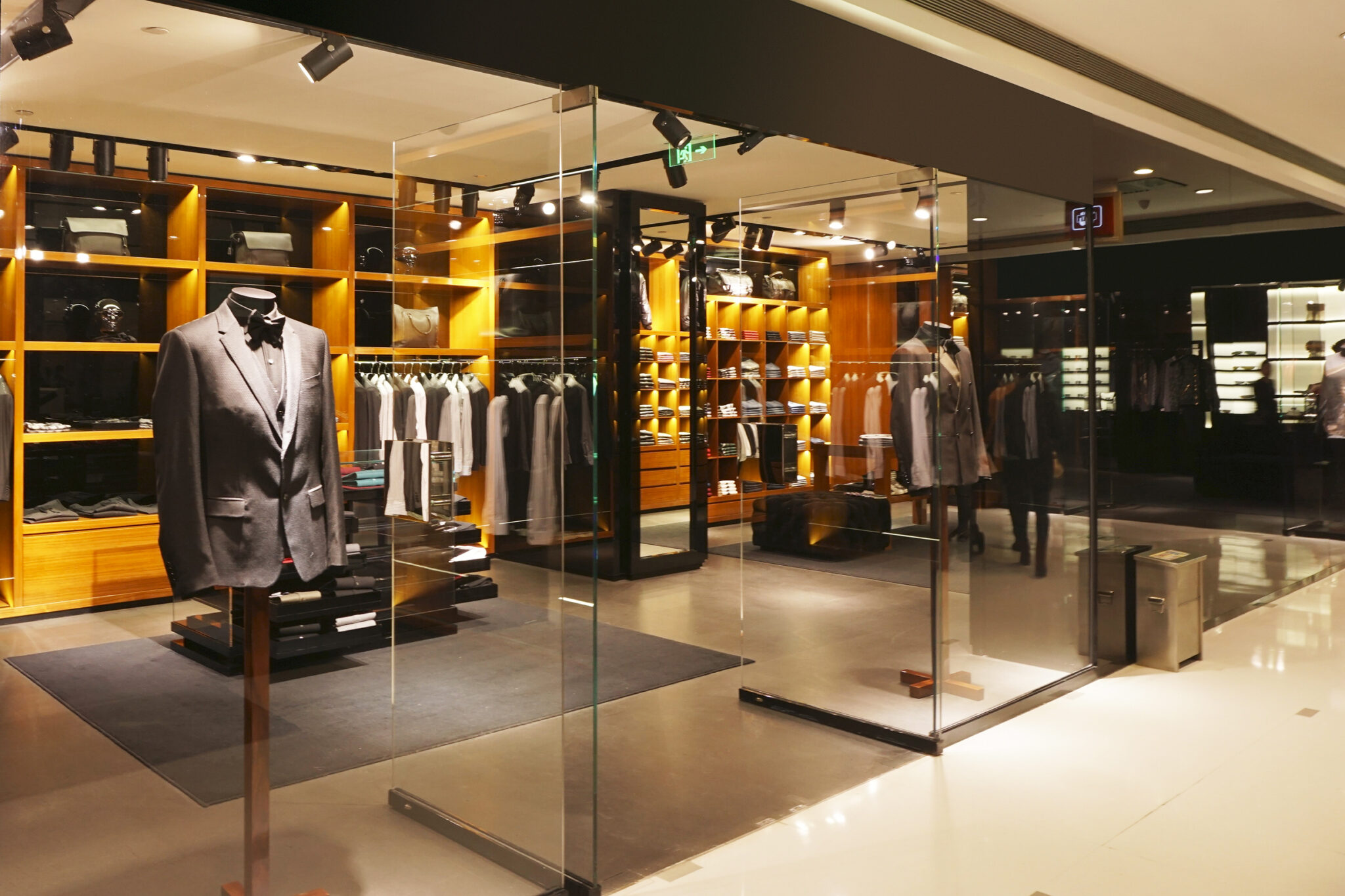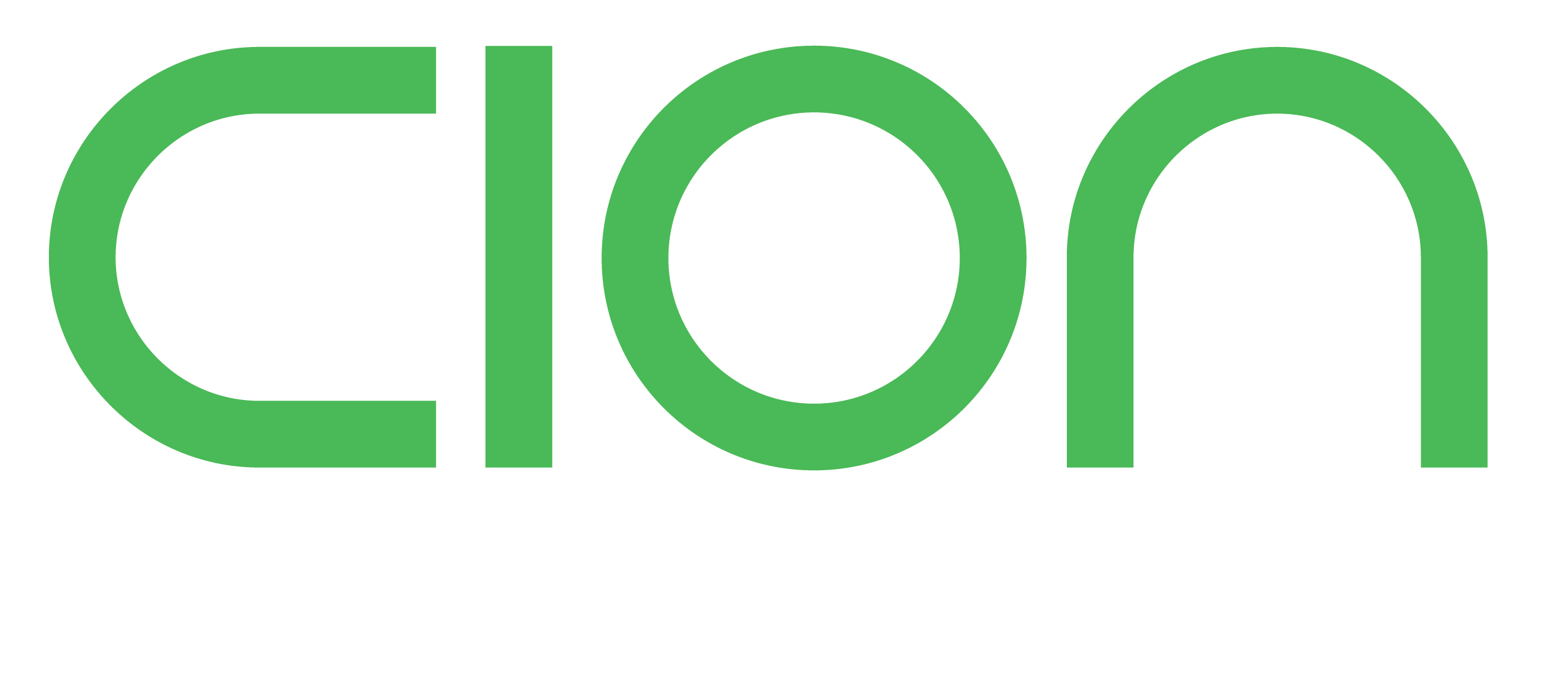LED Light Suppliers In Dubai


Manufacturers must consider the factors stated below to achieve maximum performance and endurance of the full LED luminaire system, including the LED driver, resulting in the benefits of employing an LED system.
Manufacturers must consider the factors stated below to achieve maximum performance and endurance of the full LED luminaire system, including the LED driver, resulting in the benefits of employing an LED system.
- Energy Efficiency – Energy efficiency is one of the key arguments for switching to LED lights. The luminous efficacies of white LED packages with phosphor conversion have increased over the previous ten years, going from 85 lm/W to over 200 lm/W.
- Optical Delivery Efficiency – The capacity to achieve high luminaire optical efficiency with LED lighting is less widely known to ordinary customers but is highly desired by lighting designers. This is in addition to huge advances in light source efficacy. A significant design problem in the field has been the efficient conveyance of the light emitted by light sources to the target.
- Illumination Uniformity – One of the key goals in both interior ambient and outdoor area/roadway lighting designs is uniform illumination. A measure of the distribution of illumination over an area is called uniformity. A job surface or area should get an even distribution of incident lumens under good lighting.
- Directional Illumination – LEDs are ideally suited for directed illumination due to their high flux density and directional emission pattern. A directional luminaire concentrates light from the source into a focused beam that travels uninterruptedly from the luminaire to the target area.
- Spectral Engineering – With the help of LED technology, it is now possible to modify the spectral power distribution (SPD) of the light source, allowing the light’s spectrum to be customized for different uses. With regards to lighting goods, spectral controllability enables the spectrum to be designed to elicit human visual, physiological, psychological, plant photoreceptor, semiconductor detector (such as an HD camera), or even a mix of such reactions.
- On/Off Switching – In single digit to tens of nanoseconds, LEDs turn on to full brightness, and they switch off in tens of nanoseconds. In comparison, small fluorescent lamps can take up to three minutes for the bulb to warm up or attain its maximum light output.
- Dimming Capability – While fluorescent and HID lamps do not respond well to dimming, LEDs do so perfectly due to their capacity to provide light output in a very dynamic way. To maintain the gas excitation and voltage conditions when dimming fluorescent lamps, expensive, big, and complicated circuitry is required.
- Controllability – In order to execute various intelligent lighting techniques, from dynamic lighting and adaptive lighting to whatever IoT comes next, lighting systems may easily integrate sensors, processors, controllers, and network interfaces.
- Design Flexibility – Because LEDs are so small, light source designers can create them in a variety of shapes and sizes. Because of this physical trait, designers have more leeway to convey their design philosophies or create brand identities.
- Durability – Instead of a glass bulb or tube, as is the case with traditional incandescent, halogen, fluorescent, and HID lamps, which produce light using filaments or gases, an LED produces light from a block of semiconductors.
- Product Life – One of the primary benefits of LED lighting is its extended lifespan, yet assertions to the contrary may be made based solely on the lifetime measure for the LED package (light source). The moment in time when the luminous flux output has decreased to 70% of its starting output or L70, is frequently used to determine the usable life of an LED package, an LED lamp, or an LED luminaire (light fixtures). At Ta = 85 °C, LEDs (LED packages) typically have L70 lifetimes of between 30,000 and 100,000 hours. To estimate the L70 life of LED packages using the TM-21 approach, LM-80 measurements are used; however, they are performed with the LED packages working continuously under well-regulated operating circumstances.
Energy Efficiency –
click here to investigatehttps://www.carlvogelcenter.orgreplica high end watchesshein phone caseself bar 600ansaj-yarns.com
Optical Delivery Efficiency –
Illumination Uniformity –
Directional Illumination –
Spectral Engineering –
On/Off Switching –
Dimming Capability –
Controllability –
Design Flexibility –
Durability
Product Life –

